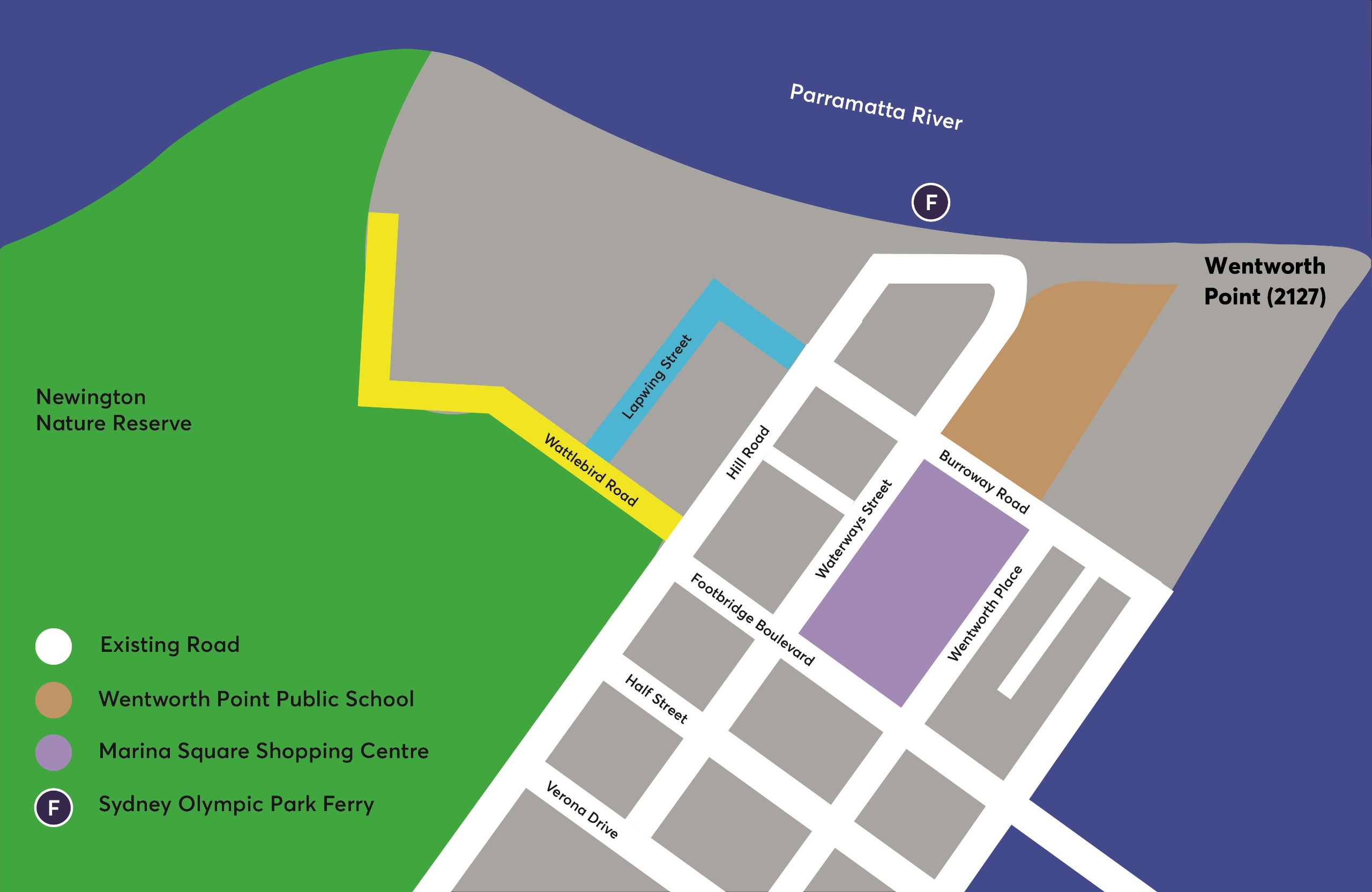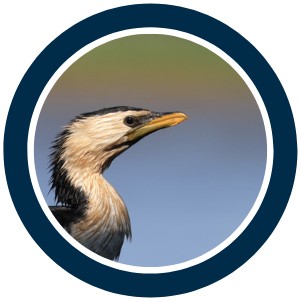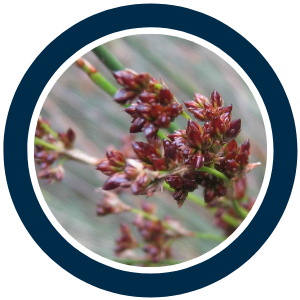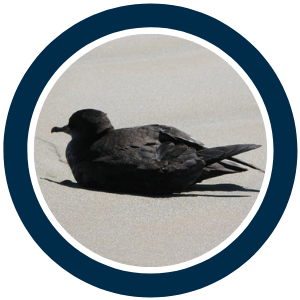

The Red Wattlebird has a fleshy reddish wattle on the side of the neck, with grey-brown feathers on the body. They have prominent white streaks and yellow on the belly, with a pale face and long tail with a white-tip. They can be found in forests, woodlands and gardens. They mainly feed on nectar and therefore aggressively protect food-bearing plants. The nectar is obtained by probing flowers with their thin curved bill.
Source: http://birdlife.org.au/bird-profile/red-wattlebird
...

Masked Lapwings are large, ground-dwelling birds. They are mainly white below, with brown wings and back, and a black crown.
Birds have large yellow wattles covering the face, and are equipped with a thorny spur that projects from the wrist on each wing. The spur is yellow with a black tip. They live in marshes, mudflats, beaches and grasslands and are often seen in urban areas, although generally do not like to be approached by humans.
Source: http://birdlife.org.au/bird-profile/masked-lapwing
...


Guwali is the Dharug translation for the Cormorant, an aquatic bird still seen along the riverbanks of Wangal country. The Little Pied Cormorant has distinctive black feathers on top, a completely white underside and a stubby yellow bill. It is a common waterbird found in Sydney Olympic Park and is often seen in large flocks on open waterways, especially where large numbers of fish are present.
Image source: https://birdlife.org.au/bird-profile/little-pied-cormorant
...

Mangrove trees are a magnificent feature of the riverine landscape. Large, dark leaved trees with exposed roots; they protect and nurture the mudflat ecology. Mangroves are an integral wetland species that filters and cleans water while also providing food and habitat for animals.
Image source: https://www.conservation.org/act/share-the-facts-about-mangroves
...

Sea Rush is a common name for Juncus kraussii, a very important plant species of the saltmarsh plant community found in the estuarine wetlands at Sydney Olympic Park. Sea rush prevent erosion and also provide an excellent fibre for weaving.
Image source: https://www.derwentestuary.org.au/species/sea-rush/
...
...

The Short-tailed Shearwater is Australia’s most numerous seabird and has a completely dark brown appearance with a black bill and rounded tail. They mostly catch their food on the surface of the water but can also be seen diving for food, at depths of up to 20m.
Image source: https://birdlife.org.au/bird-profile/short-tailed-shearwater
....

Sanctuary is the term used for a place that provides safety, and references the design intent of the development precinct as being community-focussed with family, community and the environment at the heart of its experience.
Image source: https://www.sekisuihouse.com.au/sanctuary/community
...



